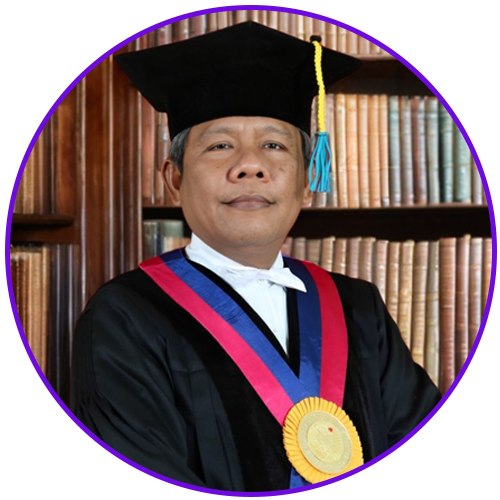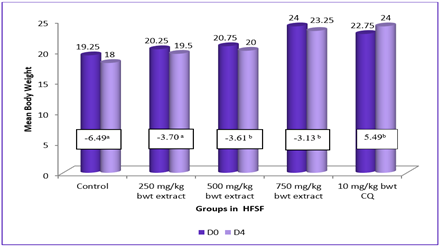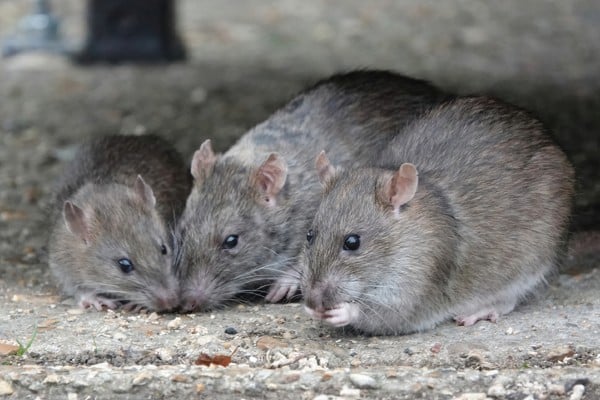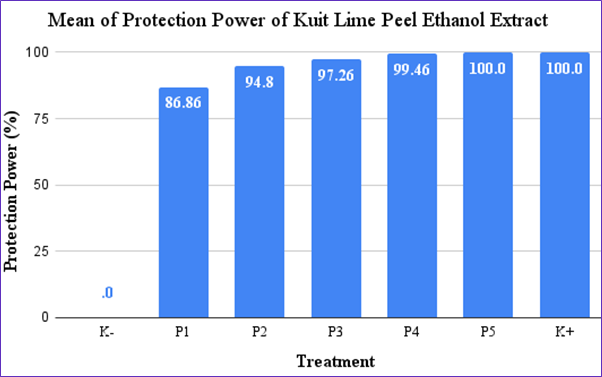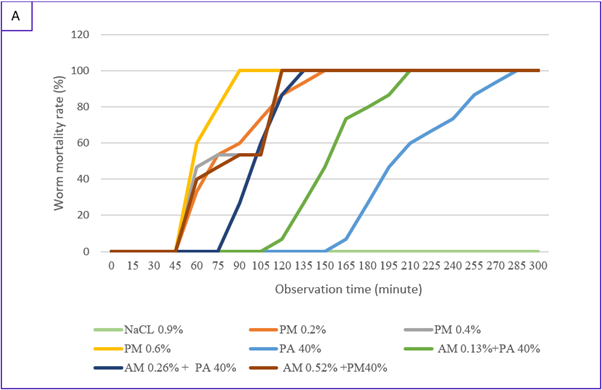Effect of Climate Change on Mansonia Mosquitoes Distribution on Filariasis Transmission Potential (Zoonosis) in Pajaten Hamlet, Keleyan, Socah Bangkalan, Madura
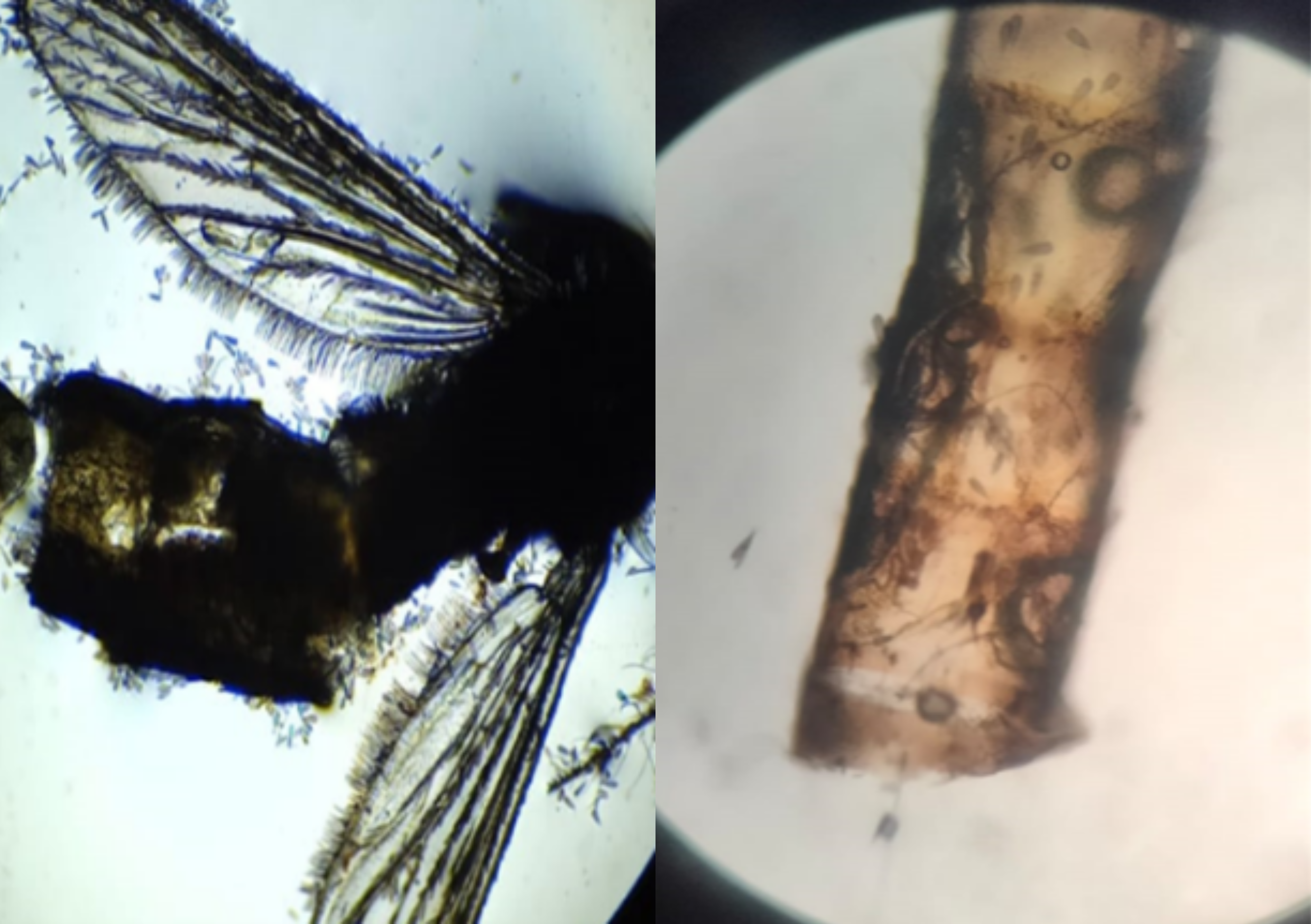
Downloads
This study examines how climate change affects the distribution of Mansonia genus mosquitoes and their potential role in filariasis transmission in Pajaten Hamlet, Keleyan, Socah Bangkalan, Madura, Indonesia. Filariasis is an endemic disease in the area that is spread through mosquito bites and possibly zoonotic transmission. This study examines the biting behavior of Mansonia mosquitoes in bionomics and its relationship with environmental parameters such as temperature and humidity. The results showed an increase in the population of Mansonia mosquitoes in Pajaten Hamlet, especially during the rainy season. Morphological identification revealed the characteristics of Mansonia mosquitoes, with a focus on nocturnal biting behavior. Dissection of adult mosquitoes provided insights into the reproductive process of Mansonia mosquitoes. The influence of climate and environmental conditions on mosquito abundance was also discussed, emphasizing the correlation between mosquito prevalence and factors such as swamp water availability and vegetation. The study also highlights the importance of sanitation in the spread of filariasis and proposes control measures tailored to local conditions. This study conclude that the impact of climate change on the Mansonia mosquitoes spread and emphasizes the need for proactive measures in filariasis control. Control strategies, including habitat clearance, use of bed nets, and deworming of potential reservoirs, are suggested to break the chain of disease transmission. This study makes a valuable contribution to developing effective strategies to control filariasis in the context of climate change.
Anggraini, D. A., Fahmi, N.F. and Hakiki, M.S. (2022) ‘Dinamika dan Faktor Risiko Larva Culex sp Berpotensi Penyakit Zoonosis Parasiter Dusun Pejaten Keleyan Socah Bangkalan Madura’, Semnaskes Universitas PGRI Adi Buana Surabaya, pp. 29–35.
Barodji, (2000) ‘Bionomik Vektor Malaria di daerah Endemis Malaria Kecamatan Kokap Kabupaten Kulon Progo Yogyakarta’, Jurnal Ekologi Kesehatan. 2(2), pp. 109-216.
Dalilah, et al. (2017) ‘Identifikasi spesies nyamuk genus Mansonia dan deteksi molekuler terhadap mikrofilaria/larva cacing Brugia malayi pada nyamuk genus Mansonia’, JKK, 4(2), pp. 69–75.
Gandahusada, S., Illahuda, H. D. and Pribadi, W, (1998) Parasitologi Kedokteran. Indonesia: Fakultas Kedokteran Universitas Indonesia.
Nugraheni, R.A. (2017) Identifikasi Morfologi Telur Dan Larva Nyamuk Pembawa Vektor Penyakit Zoonosis Berbasis Citra Mikroskopis.
Pratiwi, R. et al. (2019) ‘Keanekaragaman dan perilaku menggigit nyamuk sebagai vektor potensial filariasis di Kabupaten Banyuasin, Sumatera Selatan’, Jurnal Entomologi Indonesia, 16(2), pp. 91. Available at: https://doi.org/10.5994/jei.16.2.91
Rehena, J.F., Matdoan, M.N. and Rehena, Z. (2021) ‘Perilaku Nyamuk Mansonia Dan Anopheles Serta Hubungannya Dengan Penyakit Filariasis Di Kecamatan Taniwel Timur Dan Taniwel Kabupaten Seram Bagian Barat’, Biopendix Jurnal Biologi, Pendidikan Dan Terapan, 7(2), pp. 167–179.
Rehena, J. F., Salmanu, S.I.A. and Watuguly, T.W. (2021) ‘Kepadatan nyamuk mansonia dan anopheles dengan prevalensi penyakit filariasis di kecamatan taniwel kabupaten seram bagian barat’, Bioscientist: Jurnal Ilmiah Biologi, 9(1), pp. 196–208.
Ramadhani, T. and Bondan, F.W. (2015) ‘Keanekaragaman dan Dominasi Nyamuk di Daerah Endemis Filariasis Limfatik, Kota Pekalongan’, Jurnal Vektor Penyakit. 9(1), pp. 1-8.
Ridha, M.R., Juhairiyah, J. and Fakhrizal, D. (2018) ‘Pengaruh Iklim Terhadap Peluang Umur Nyamuk Mansonia spp di Daerah Endemis Filariasis di Kabupaten Kapuas’, Jurnal Kesehatan Lingkungan Indonesia, 17(2), pp. 74. Available at: https://doi.org/10.14710/jkli.17.2.74-79
Sembiring, R.O.A. (2017) Pemanfaatan larutan daun tembakau dalam membunuh jentik nyamuk. Available at: https://repo.poltekkes-medan.ac.id/jspui/bitstream/123456789/1225/1/FILE%20RIO.pdf
Sitorus, H. et al. (2015) ‘Keanekaragaman spesies nyamuk di wilayah endemis filariasis di Kabupaten Banyuasin dan endemis malaria di Oku Selatan’, BALABA. 11(2), pp. 97–104.
Supriyono, Tan, S. and Hadi, U K. (2017) ‘Perilaku Nyamuk Mansonia dan Potensi Reservoar dalam Penularan Filariasis di Desa Gulinggang Kabupaten Balangan Provinsi Kalimantan Selatan’, ASPIRATOR, 9(1), pp. 1–10.
Widiyanti, N.L.P.M., Artawan, I.K. and Dewi, N.P.S.R. (2016) ‘Identifikasi larva nyamuk yang ditangkap di perindukan di kabupaten buleleng’, Prosiding Seminar Nasional MIPA.
Copyright (c) 2024 Journal of Parasite Science (JoPS)

This work is licensed under a Creative Commons Attribution-NonCommercial-ShareAlike 4.0 International License.
- Every manuscript submitted to must observe the policy and terms set by the Journal of Parasite Science
- Publication rights to manuscript content published by the Journal of Parasite Science is owned by the Journal of Parasite Science with the consent and approval of the author(s) concerned
- Authors and other parties are bound to the Creative Commons Attribution-NonCommercial-ShareAlike 4.0 International License for the published articles, legal formal aspect of journal publication accessibility refers to Creative Commons Attribution-NonCommercial-ShareAlike 4.0 International License (CC BY-NC-SA)
- By submitting the manuscript, the author agrees to the requirement that the copyright of the submitted article will be transferred to Journal of Parasite Science as the publisher of the journal. The intended copyright includes the right to publish articles in various forms (including reprints). journal of parasite science retains the publishing rights to published articles.



